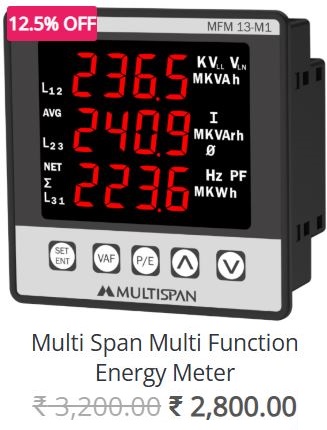Creating a well-organized and efficient workplace is essential for productivity, safety, and employee satisfaction. The 5S methodology—Sort, Set in order, Shine, Standardize, and Sustain—offers a systematic approach to achieving this. Below, we’ll explore each of the 5S principles and provide practical tips for implementing them in your workplace.
What is 5S?
5S is a lean management tool derived from Japanese manufacturing practices, specifically designed to optimize workplace organization and efficiency. By establishing a clean, orderly, and efficient environment, businesses can reduce waste, improve productivity, and enhance overall quality.
The 5S Steps Explained
- Sort (Seiri)
- Objective: Eliminate unnecessary items.
- Tips:
- Assess your workspace: Identify what is essential and what can be removed.
- Create categories: Use red tags to mark items that are unnecessary or seldom used.
- Involve the team: Gather input from employees to ensure nothing vital is discarded.
- Set in Order (Seiton)
- Objective: Arrange tools and materials for optimal efficiency.
- Tips:
- Designate a place for everything: Ensure every tool has a specific location.
- Use labeling: Clearly label storage areas and tools to enhance accessibility.
- Implement a visual management system: Use color coding or outlines to make organization intuitive.
- Shine (Seiso)
- Objective: Clean and maintain the workplace.
- Tips:
- Establish a cleaning schedule: Regular cleaning promotes hygiene and safety.
- Encourage ownership: Assign cleaning responsibilities to teams or individuals.
- Make cleaning a routine: Incorporate cleaning into daily operations to create a culture of cleanliness.
- Standardize (Seiketsu)
- Objective: Develop standardized work practices.
- Tips:
- Document processes: Create standard operating procedures (SOPs) for tasks.
- Use checklists: Implement checklists to ensure consistency in daily operations.
- Conduct regular training: Regular training sessions help reinforce standards and improve skills.
- Sustain (Shitsuke)
- Objective: Maintain and review standards.
- Tips:
- Foster a culture of discipline: Encourage employees to follow established processes.
- Perform regular audits: Schedule audits to assess compliance and identify areas for improvement.
- Celebrate successes: Recognize and reward teams or individuals who excel in maintaining the 5S standards.
Best Practices for Implementing 5S
- Get Leadership Buy-In
- Ensure management supports the initiative. Their commitment sets the tone for the entire organization.
- Involve Employees
- Engage your team in the process. They are the ones who use the workspace daily, and their insights are invaluable.
- Start Small
- Choose one area to implement 5S before expanding to the entire organization. This allows you to refine your approach.
- Provide Training
- Offer training sessions to educate employees on the principles and benefits of 5S. Knowledge fosters commitment.
- Measure Results
- Track key performance indicators (KPIs) before and after implementing 5S. This helps demonstrate the impact of the methodology.
- Continuously Improve
- 5S is not a one-time project but an ongoing process. Regularly seek feedback and make adjustments to enhance efficiency.
Conclusion
Designing a 5S workplace is an ongoing journey that can significantly enhance productivity and workplace morale. By committing to these principles and best practices, organizations can create a more organized, efficient, and enjoyable work environment. Embrace 5S today, and watch your workplace transform into a model of efficiency and effectiveness!











